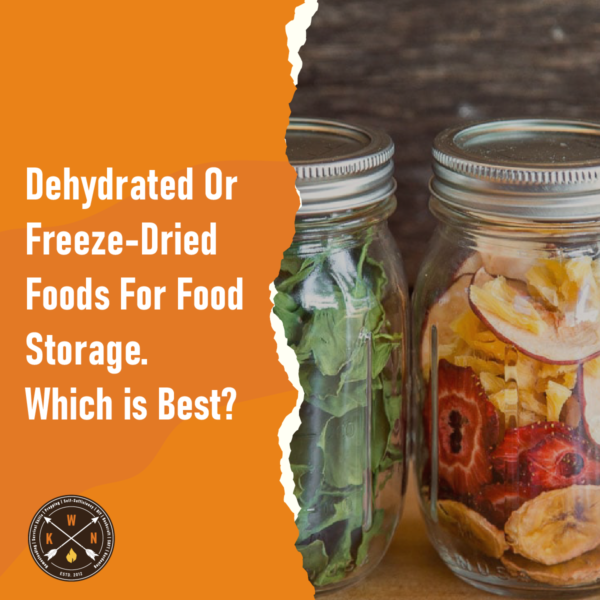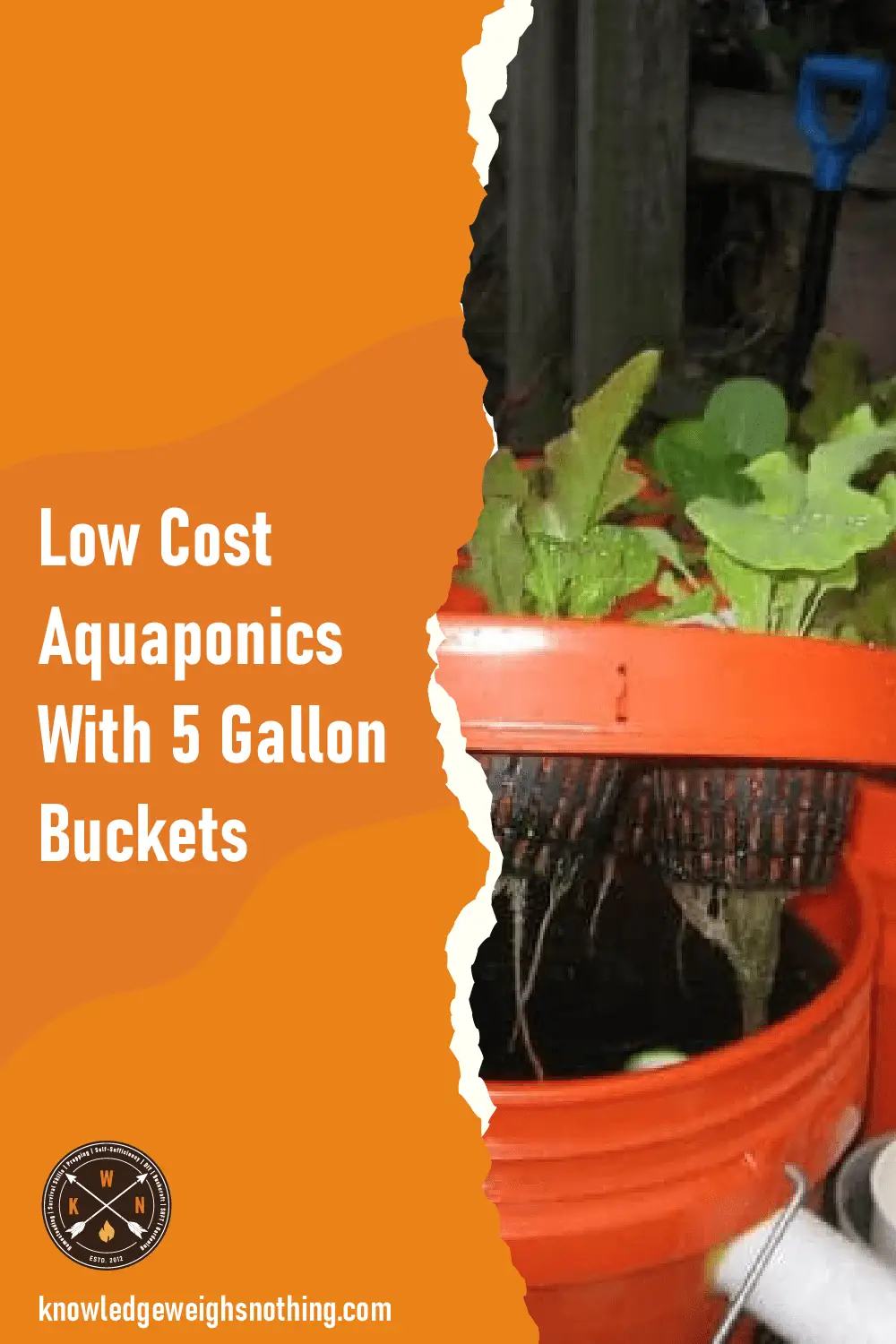
There are some pretty major differences between freeze-dried and dehydrated foods. They are both great as survival foods and emergency food storage. But, the ways they’re processed for preserving purposes are very different. There are other differences, but most of them are directly related to the preserving processes. Let’s take a look at some of the ways these two differ:
Table of Contents
ToggleHow Freeze-Drying Preserves Food
This type of food storage starts with freshly prepared products. Then, the fully cooked products are preserved during a flash-freezing process. Below are the various ways that flash freezing affects freeze-dried foods:
- Moisture Contents – When foods are flash-frozen, about 95% of the moisture contents are removed. Removing so much water reduces the weight of the foods drastically. This is what makes freeze-dried products so easy to transport. Removing the moisture also compacts the foods, making them easier to store than some other types of food storage.
- Reduced Weight – How does this work? Well, let’s say a 3kg chicken is flash frozen. Once the process has been completed, this same chicken now weighs only 1kg. In order to eat the products, all you have to do is rehydrate them. Simply add some water, wait for about ten minutes, and it’s time to eat.
- Natural Flavors & Textures – It’s also important to note that the preserving process “freezes” both the natural flavours and textures of the foods in place. So, once you’ve dehydrated the products, you’ll find that the meals are as tasty as they were freshly cooked.
- Good Nutritional Value – The preserving process also “freezes” the nutritional value of the foods in place. That means that after being flash-frozen, the products still contain the original nutritional content, vitamins, minerals, etc…
- Shelf Life – Freeze-dried food products have a shelf life of 25 years.
- Water Contents – According to experts, about 75% of the foods moisture content is removed during the dehydrating process. This is done using a highly sophisticated drying process.
- Reduced Weight – With a large portion of the water content now gone the food weighs much less. It also becomes much compact, making it easy to store and transport. These foods may weigh a bit more than freeze-dried products, but they weigh much less than canned foods.
- Shelf Life – There are various types of dehydrated food products. Each has its own shelf life. Generally, though, the shelf life of dehydrated products is between 7-10 years.
How is Dehydrated Food Processed?
Dehydrated foods generally begin as raw, uncooked foods. Then, they go into a special chamber where they go through a dehydration process.
- Water Contents – According to experts, about 75% of the foods moisture content is removed during the dehydrating process. This is done using a highly sophisticated drying process.
- Reduced Weight – With a large portion of the water content now gone the food weighs much less. It also becomes much compact, making it easy to store and transport. These foods may weigh a bit more than freeze-dried products, but they weigh much less than canned foods.
- Shelf Life – There are various types of dehydrated food products. Each has its own shelf life. Generally, though, the shelf life of dehydrated products is between 7-10 years.
Author Bio
This article was written by Chett Wright an emergency preparedness expert.




